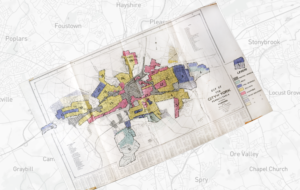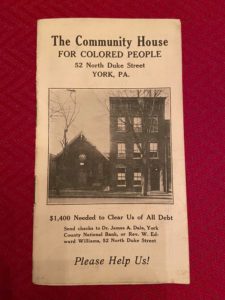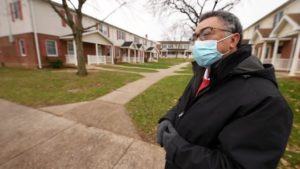Grassroots organizations connect directly with the people
For 25 years, NENA’s grassroots campaign has strengthened York’s neighorhoods
216 Chestnut St., York
The situation
Chrystal Sexton-McEachin’s life work was the caring and feeding of her neighbors. And she had a lot of them. In fact, a whole section of the city, NENA as it’s called. She was at it for more than 20 years before succumbing to cancer in 2017.
But that’s not the end of the story.
“I’m just continuing what my sister started,” said the current director, Darlene Leonard. “I never imagined that I would carry on in her footsteps as NENA director.”
Established 25 years ago, the nonprofit now occupies a district that has long hosted buildings that challenged its neighborhoods – the county prison and poorhouse, an orphanage and apartments where drugs were frequently used. As factories closed, poverty settled in.
In 2006, a house was donated to NENA, and that organization helped introduce changes that are reflecting a transformation from distress to hope.
Leonard says the idea for NENA began in 1990. The Rev. Win Green began the North Pine Street Mission with three goals: help lift people out of poverty, establish a neighborhood identity, and build Christ Hope Church at 215 Chestnut St. (Sexton-McEachin was an original member there.)
Eventually, the church moved across the street to NENA’s current location, closing in the early 2000s. “I remember that Sexton-McEachin continued to hold church services even after there was no pastor,”Leonard says. “They would come together to pray and sing songs.”
Today, Northeast Neighborhood Association has given the district new energy. Established in 1996, the nonprofit provides food, clothing, and garden plots to downtown York residents two times a week. NENA also offers financial education, nutrition classes, vacation Bible school, and other classes.
“The pantry provides so much more than food and clothing,” Leonard says. “We are an extended family to neighbors, volunteers and community.”
Their location at 216 Chestnut Street means they’re in the heart of the community they serve.
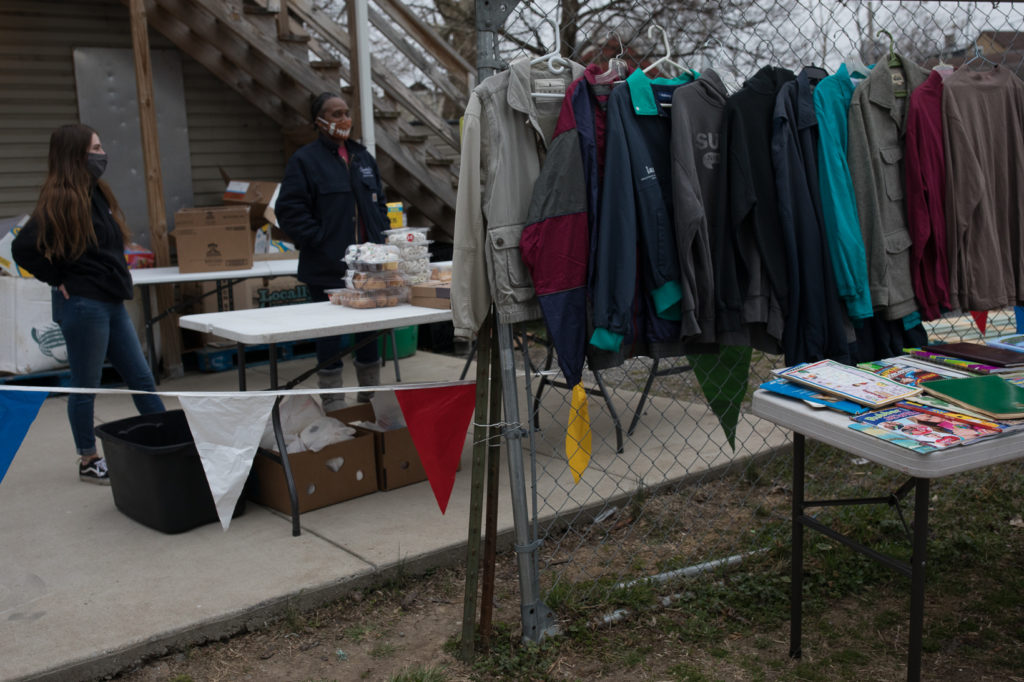
In The Death and Life of Great American Cities (1961), Jane Jacobs argued that city planners ignored the rhythm of the city during urban development in the 1950s and 1960s. Planners overlooked the very thing they were trying to serve: The people.
Top-down initiatives like these are created by outside governmental organizations or corporations that may miss the tempo of the neighborhood. Jacobs asserted that in order to thrive, cities needed active sidewalks and people — two things NENA addresses.
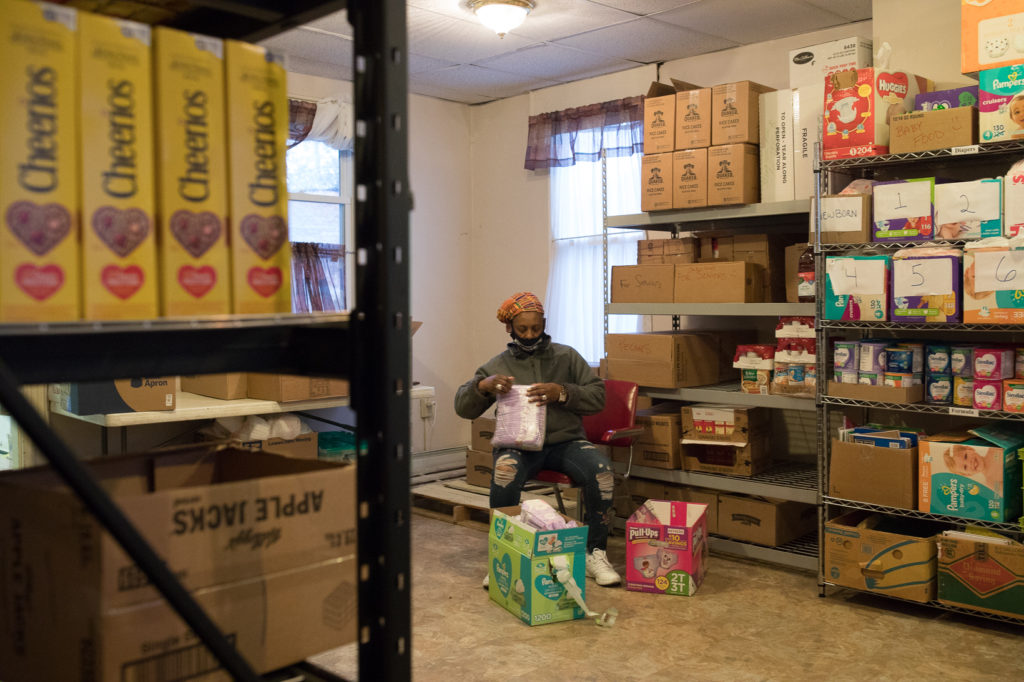
The witness
How do people find out about NENA?
Word of mouth. The phrase used to mean people talked about something, but now it means social media as well. Communication like word of mouth provides a more long-term and sustainable form of advocacy than top-down campaigns.
Grassroots innovators like Sexton-McEachin and now Leonard understand the local scene. Unlike some who like to jump to different jobs rather quickly, Sexton-McEachin directed NENA for 20 years. Known as the “matriarch of NENA,” Sexton-McEachin will always be remembered “as a person who cared for others without expecting anything in return,” Leonard says.
Witnessing gaps in service, they can see a solution that will work from their insider status. Bottom-up approaches like this means the active participants define their own goals instead of being told by outsiders.
“Because she lived in the neighborhood she was literally always at work,” Leonard says. “She always had enough for anyone in need and never turned anyone away regardless of what she was going through.”
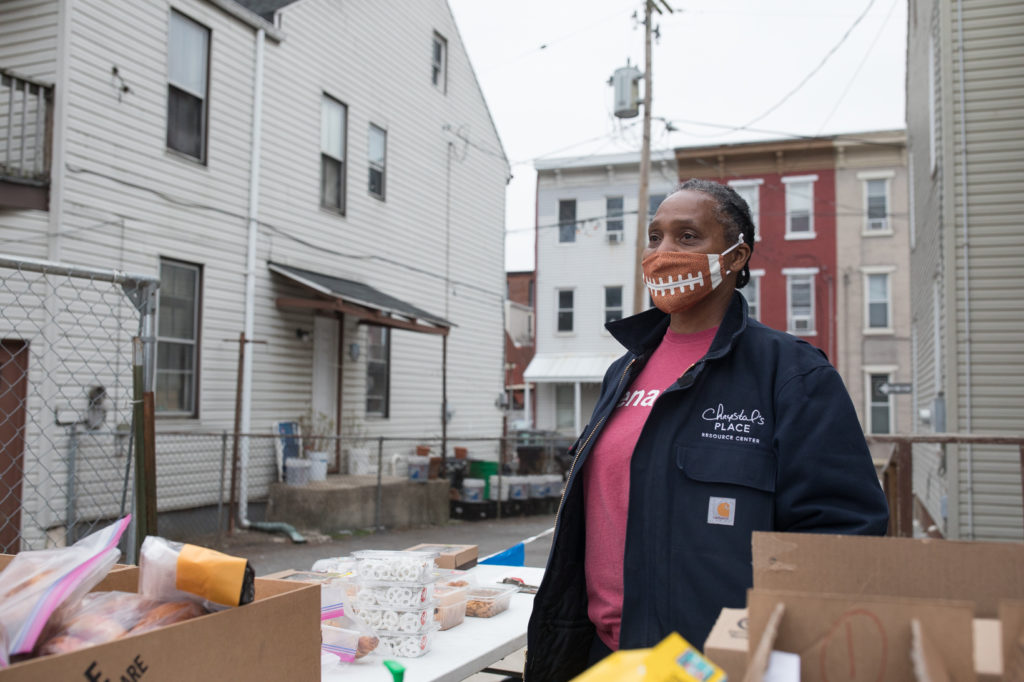
There’s no flashy marketing ploy. Instead, NENA is engrained in the community. An influencer is someone who has the power to affect others, often through social media today. They possess a level of authority and prestige that others find attractive, so they follow them.
First Sexton-McEachin and now Leonard lived in the neighborhood for generations. They know the people. They know what they need. And most importantly, they are willing to work toward those solutions. Their passion and connection means they are the grassroots influencers.
An article published in Voluntas: International Journal of Voluntary and Nonprofit Organizations found that grassroots movements don’t just focus on local issues. Instead, they hold potential “for democratizing and strengthening the role of transnational civil societ[ies].”
If planners in York County and the region want to impact long-lasting change, they need to ask people who live there. Many like Mayor Michael Helfrich are already doing this. His Community Ecosystem Initiative is looking at 16 districts in the city, including the Northeast neighborhood, and is attempting to dismantle obstacles to resources.
Partnering with those who operate “in the trenches” closes the feedback loop so communication flows freely between those with the influence on the inside and those with influence on the outside.
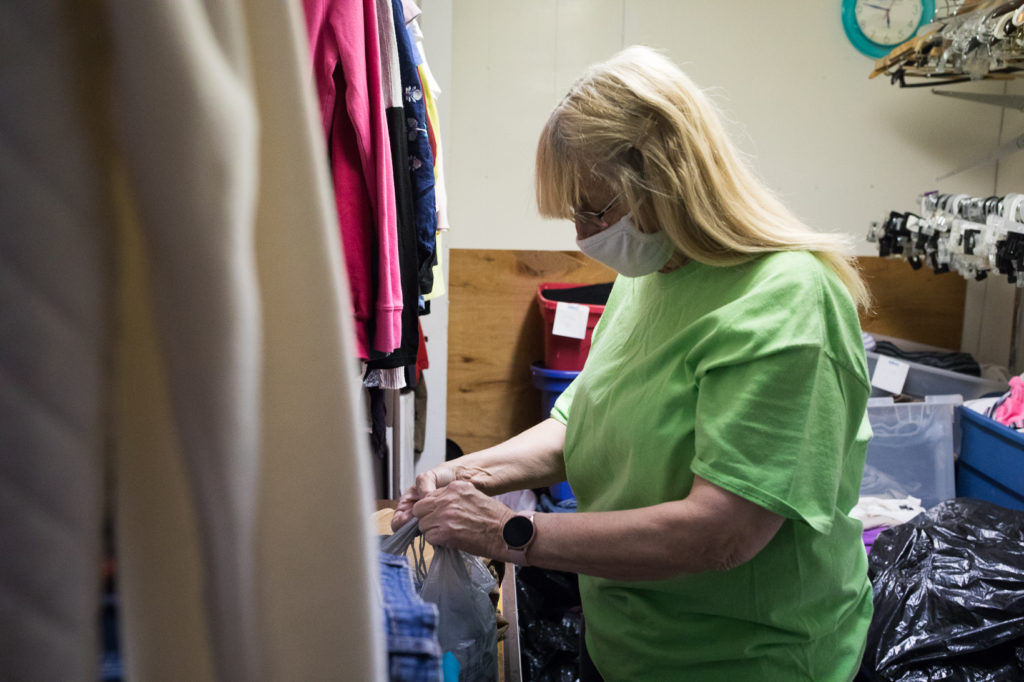
The questions
Jane Jacobs differentiated between “foot people” and “car people.” Car people, she wrote, don’t understand what it’s like to live in the neighborhoods. They don’t take the time to see and experience life there.
Do you agree with this? If so, what can York do to encourage more “foot people” to visit the neighborhoods?
Related links and sources The Death and Life of Great American Cities by Jane Jacobs. Photos by S. L. Bahn Photography.
— By JAMIE NOERPEL and JIM McCLURE

